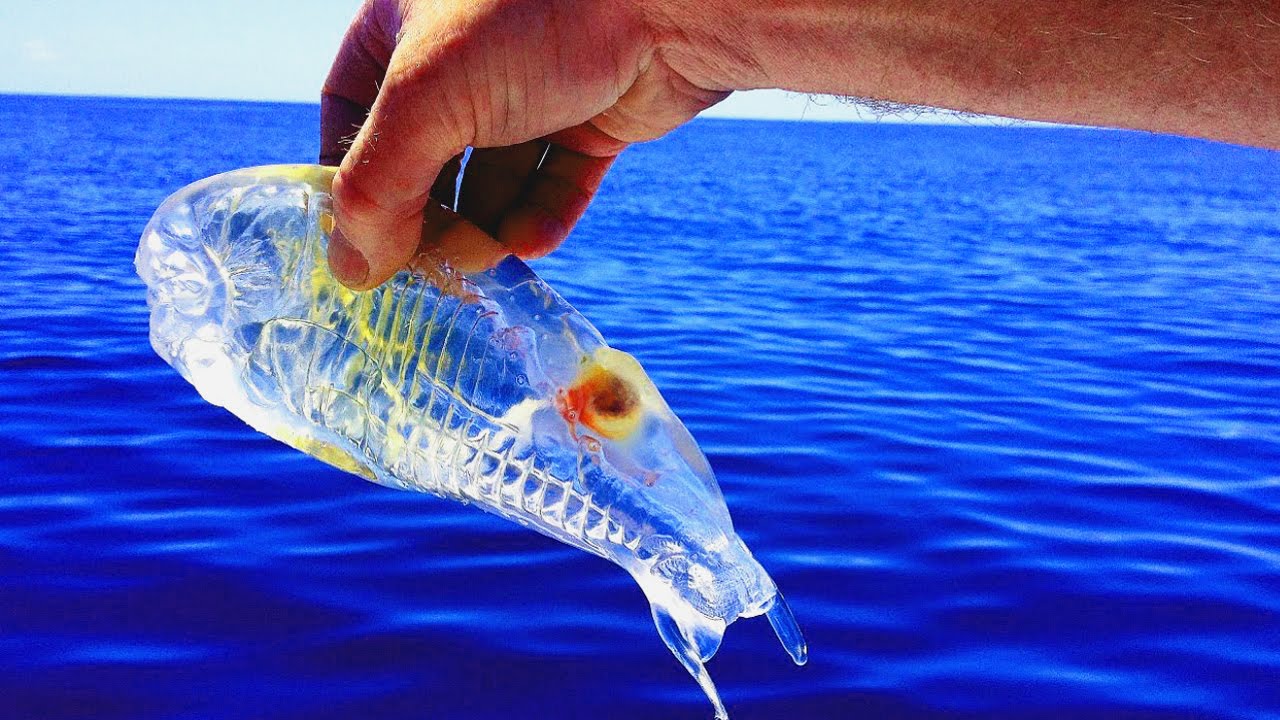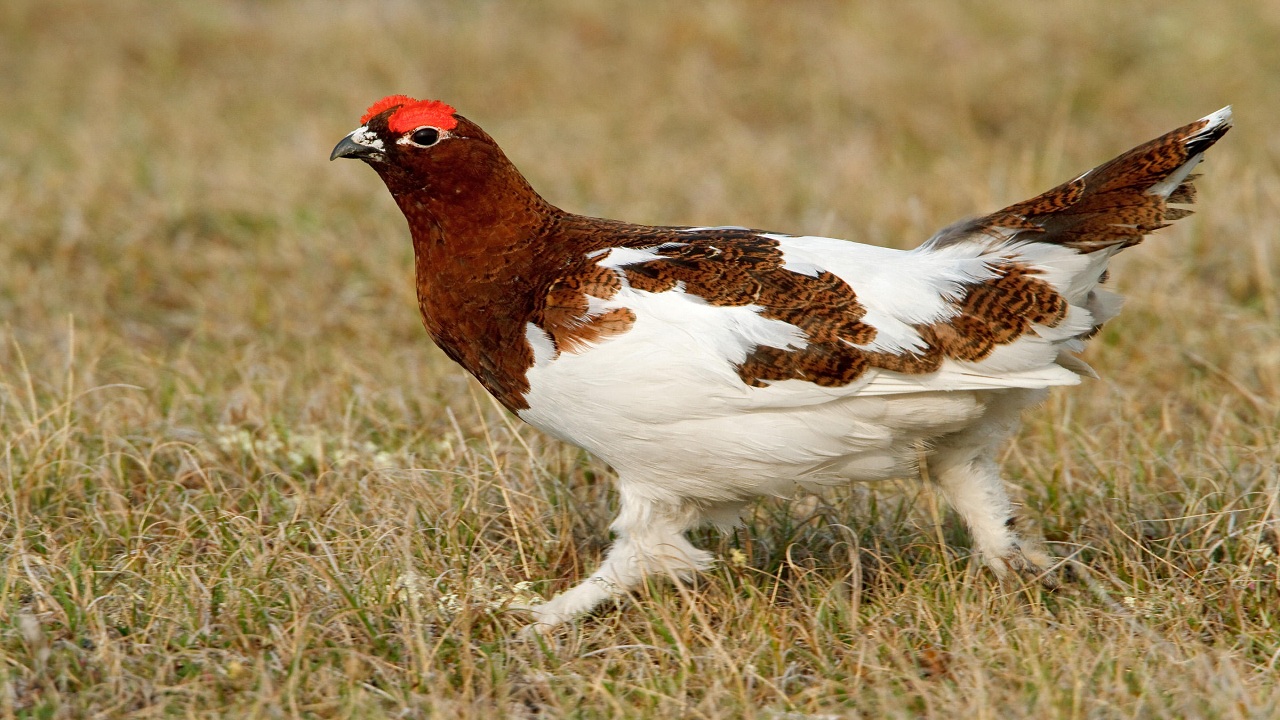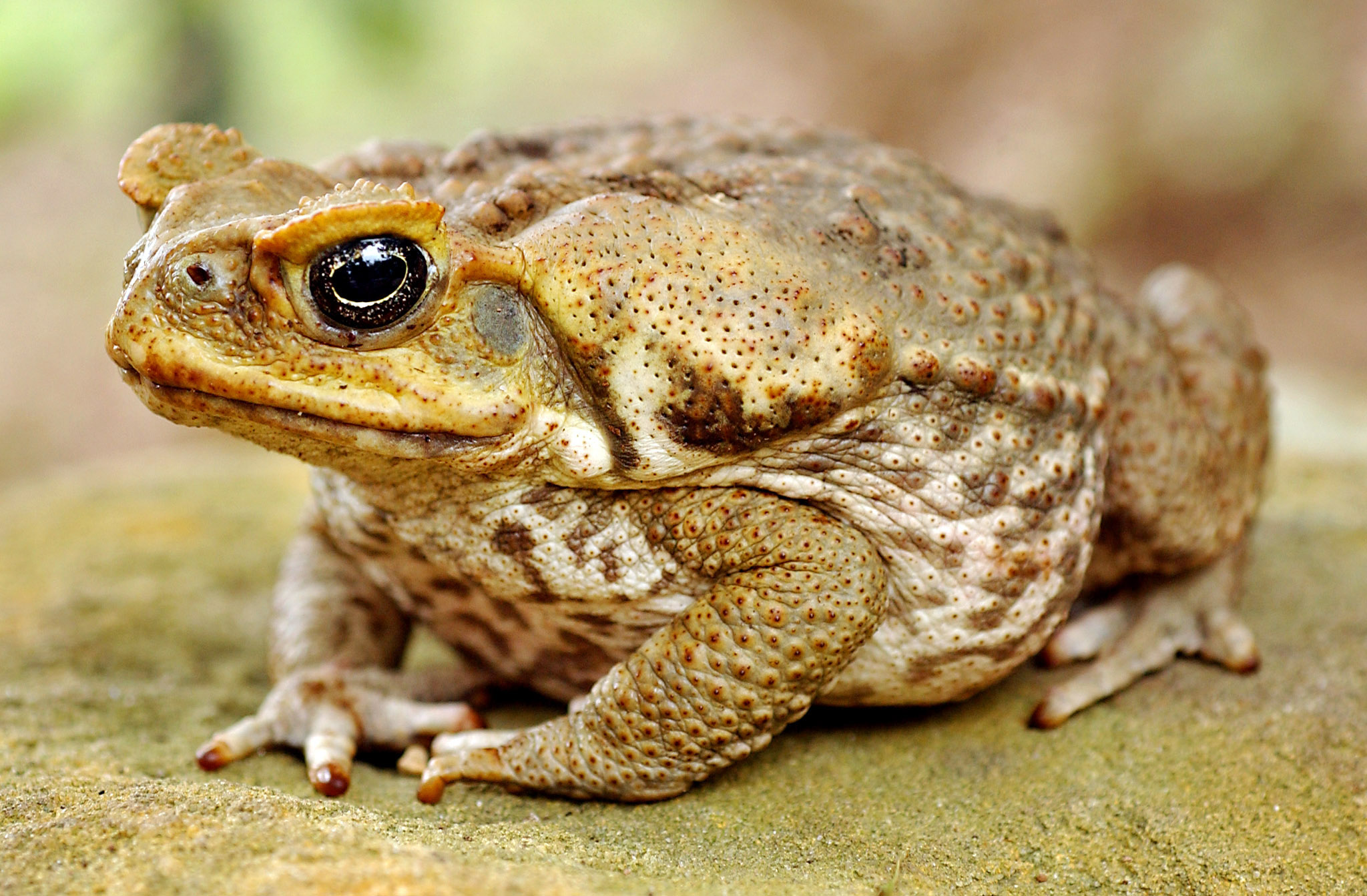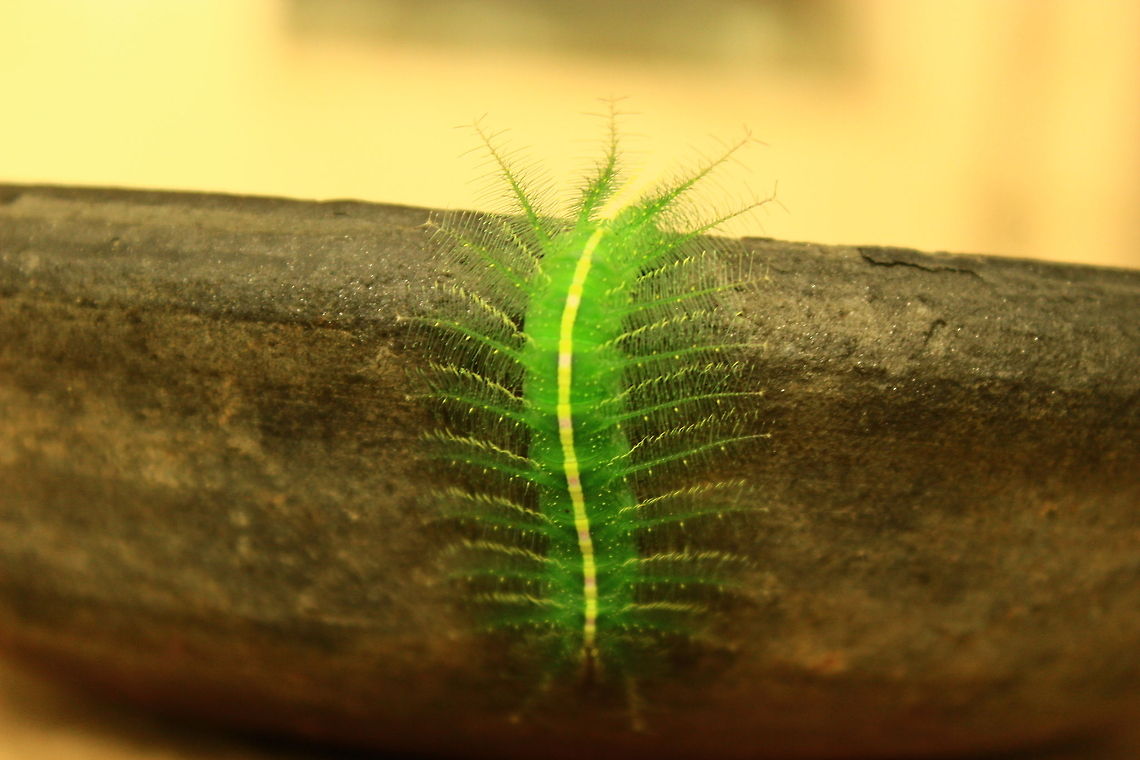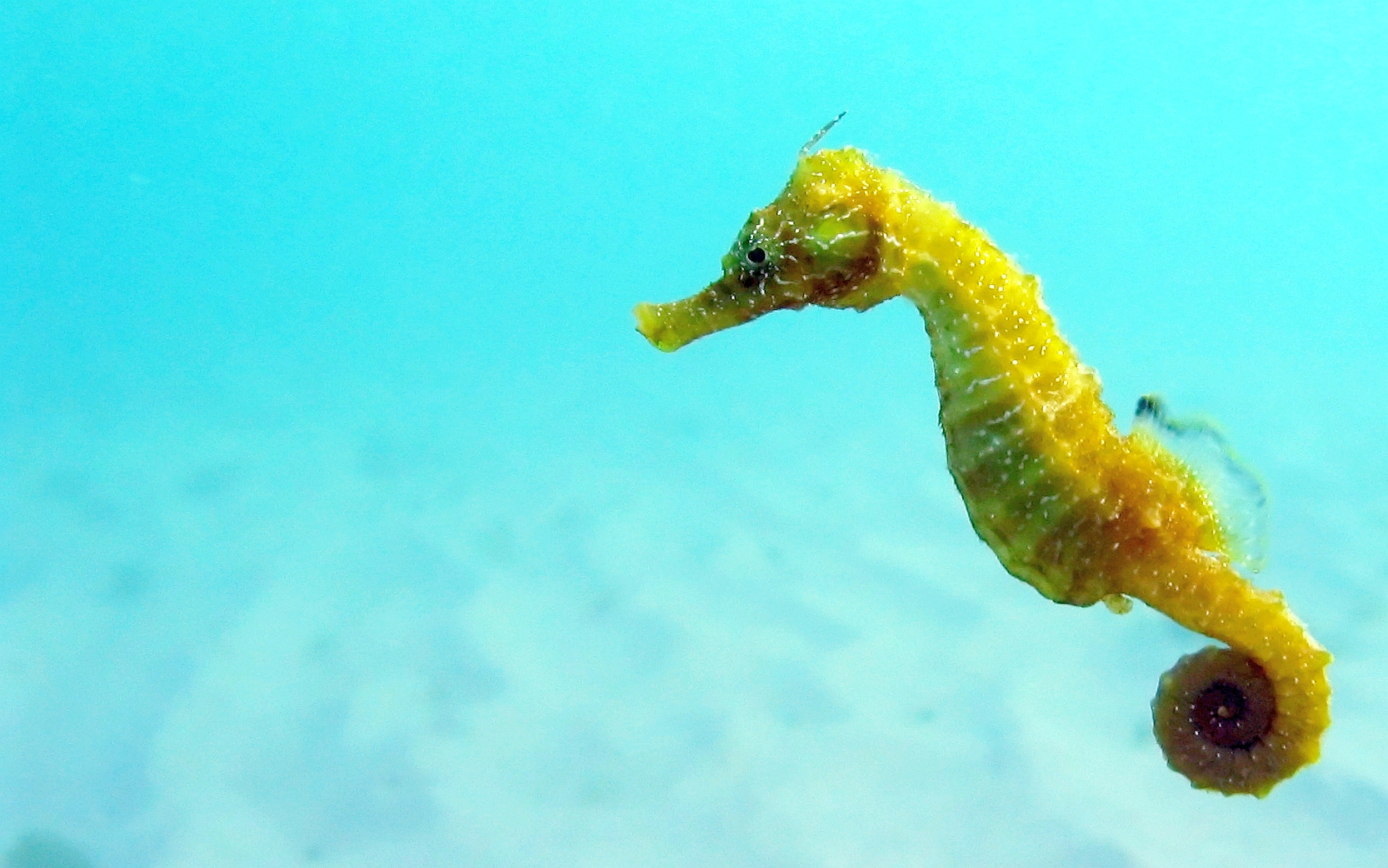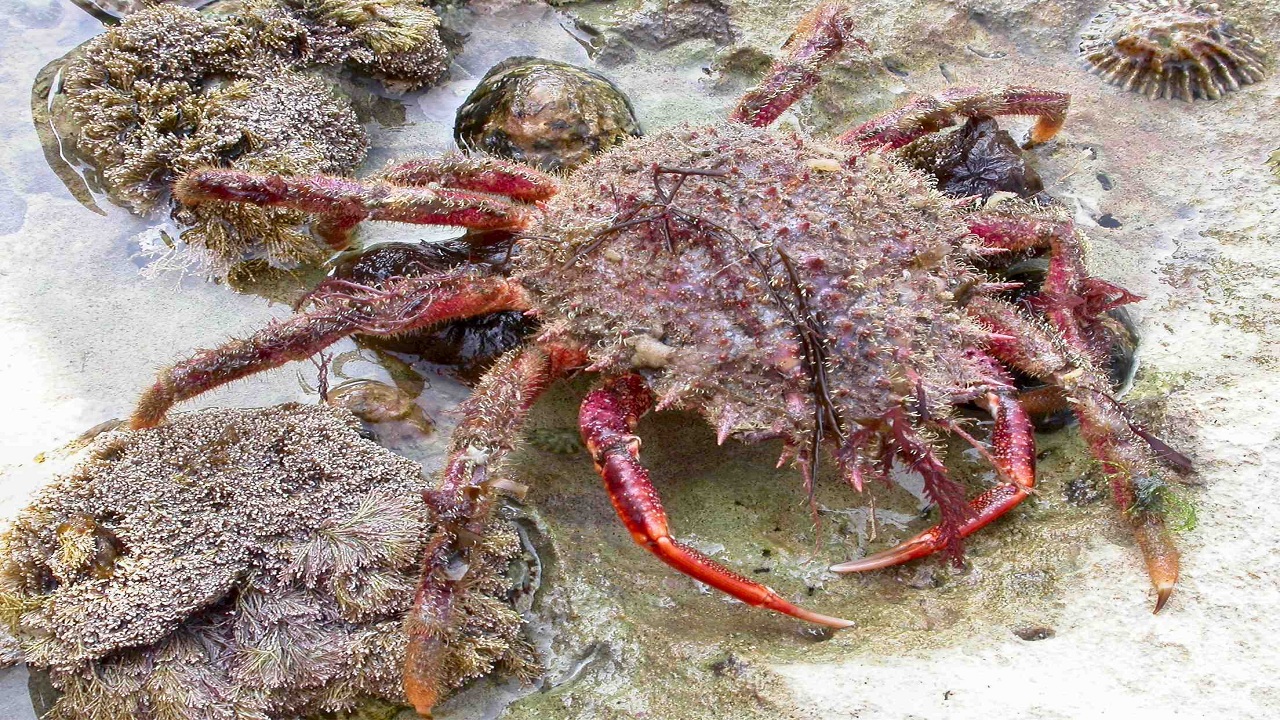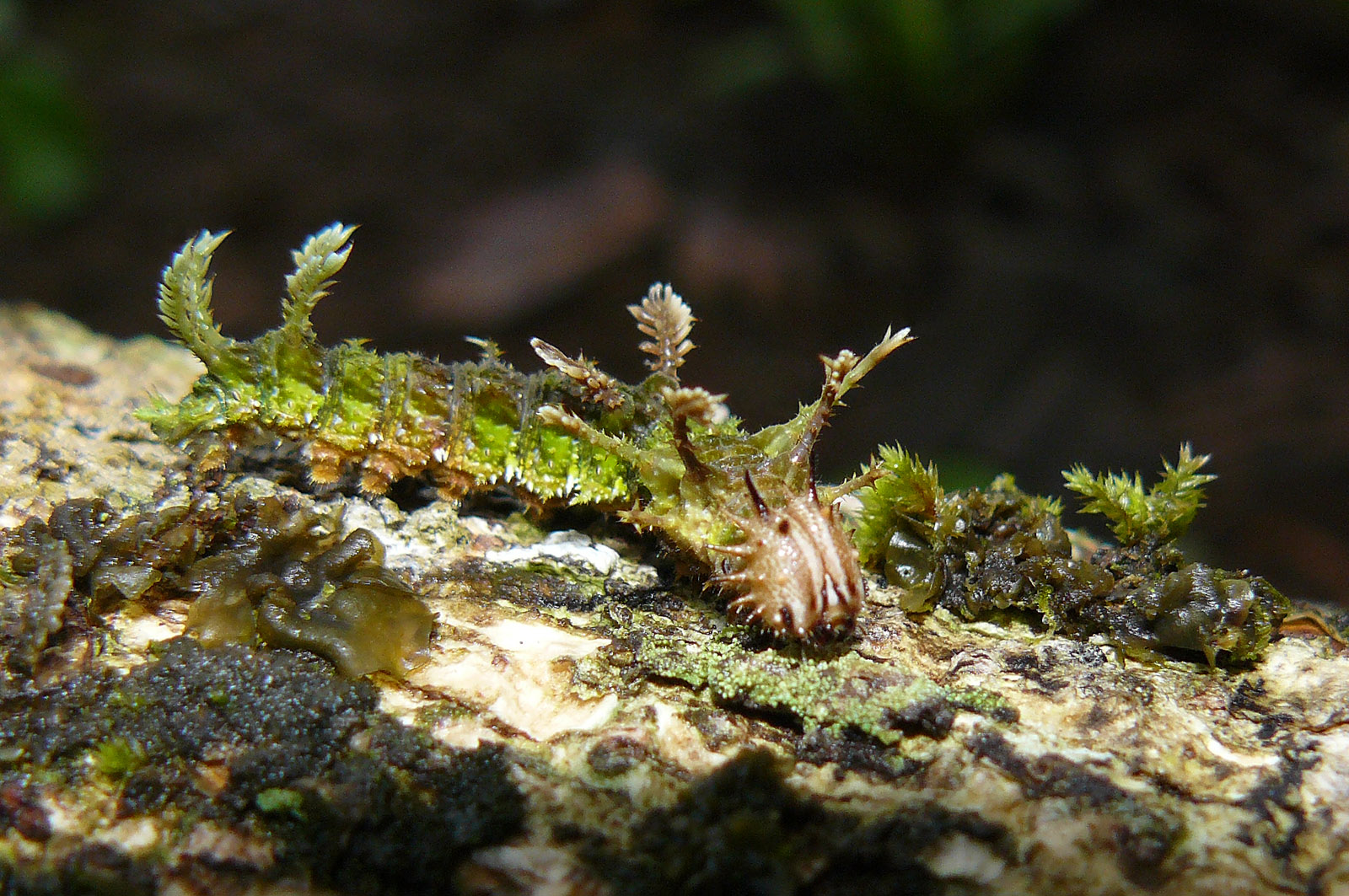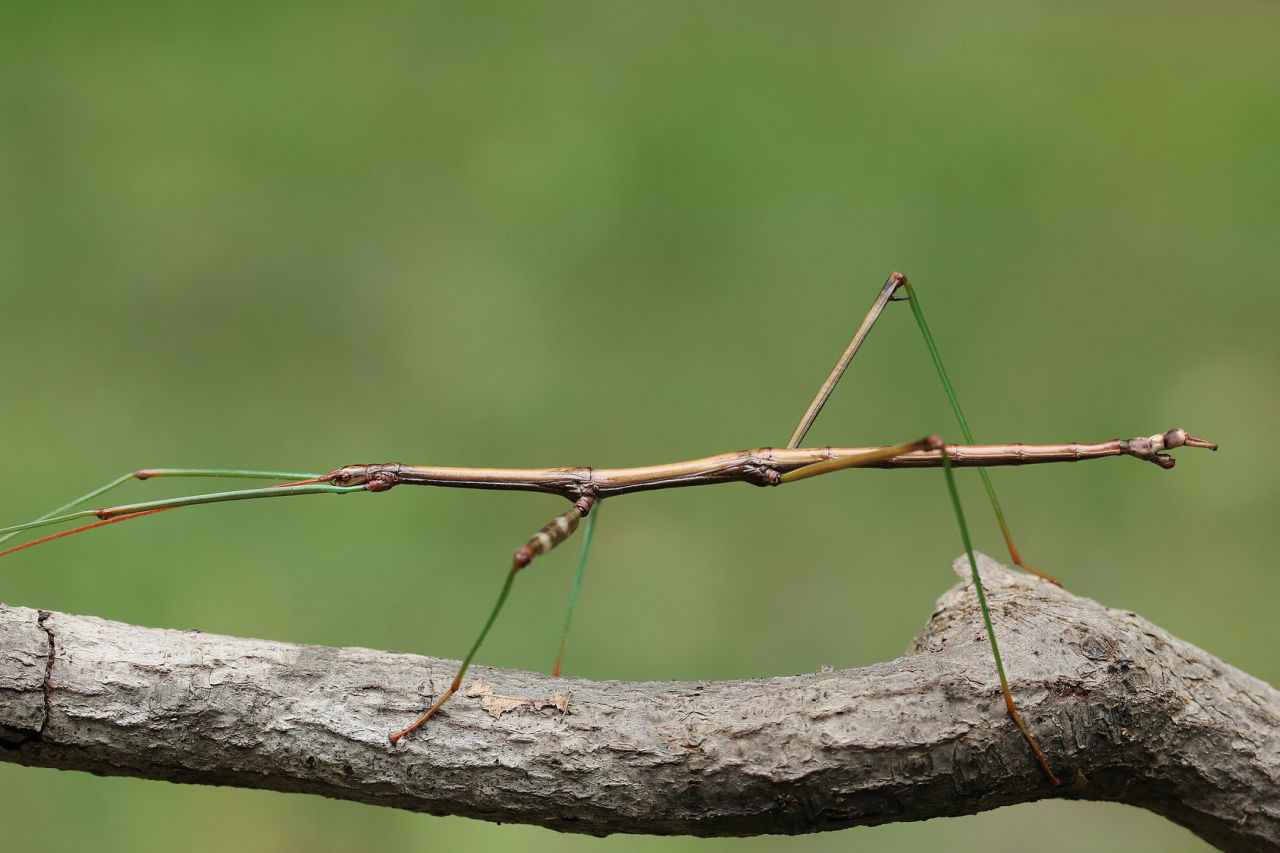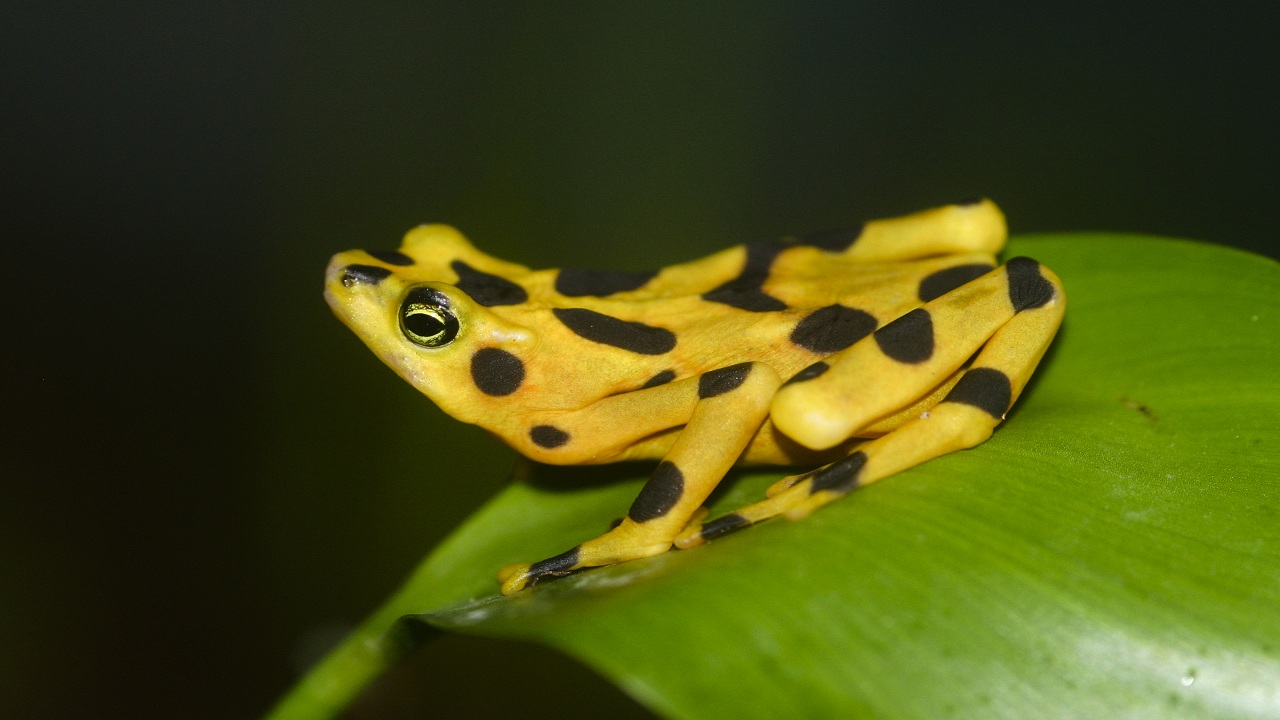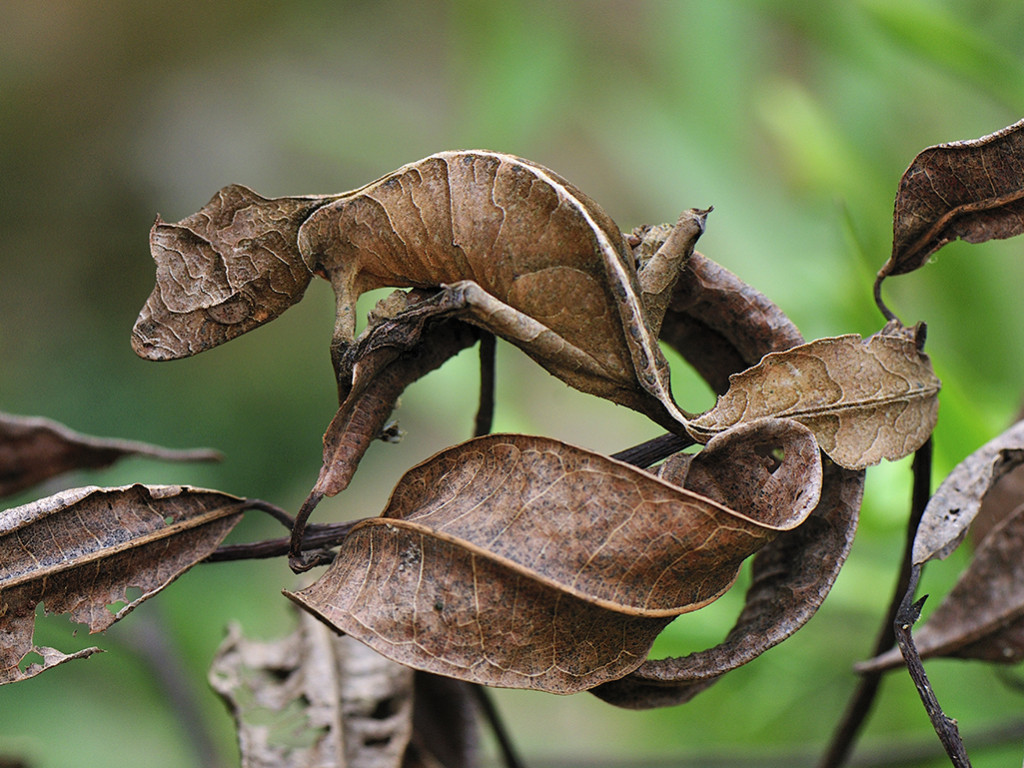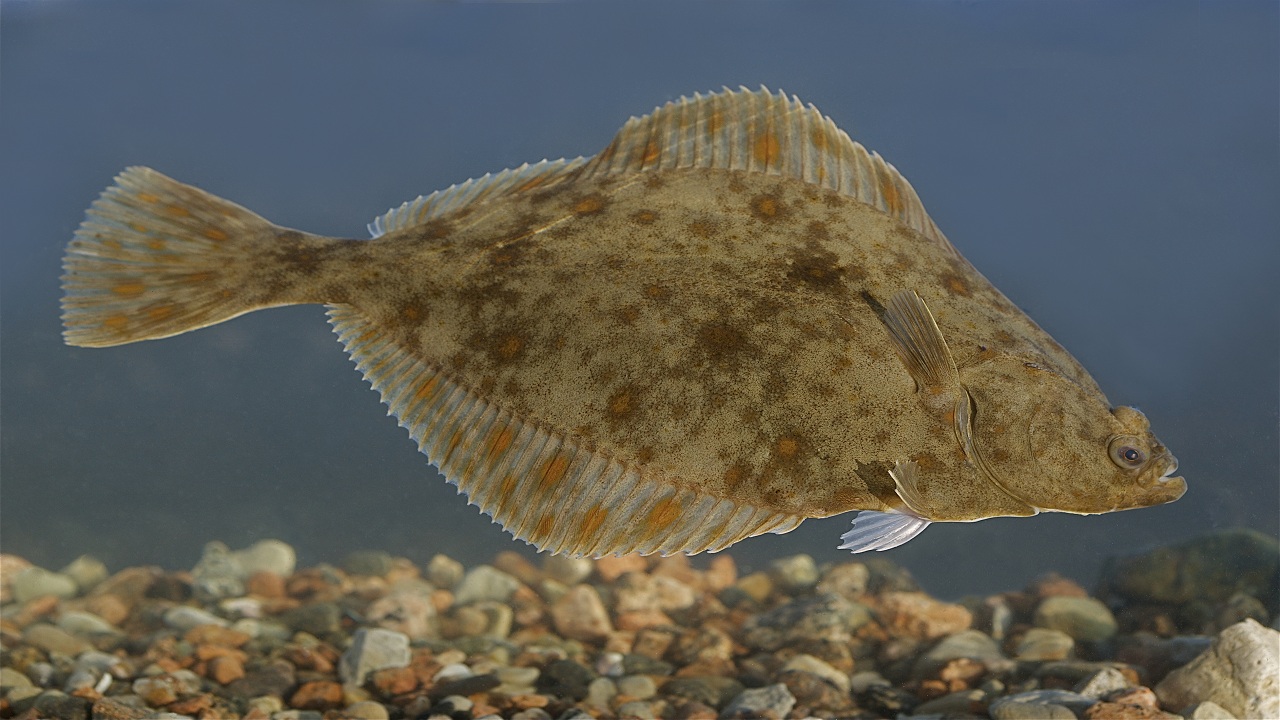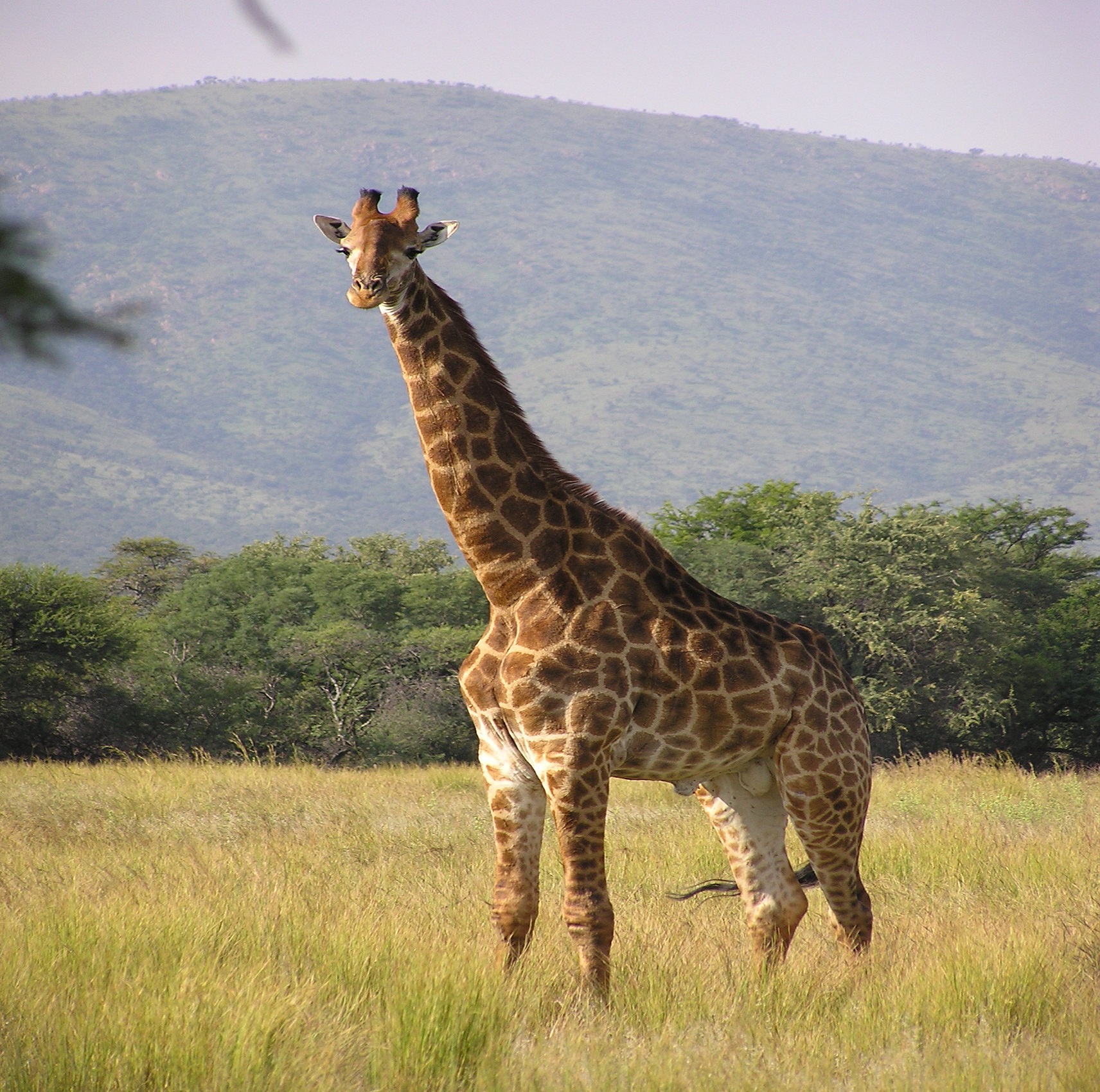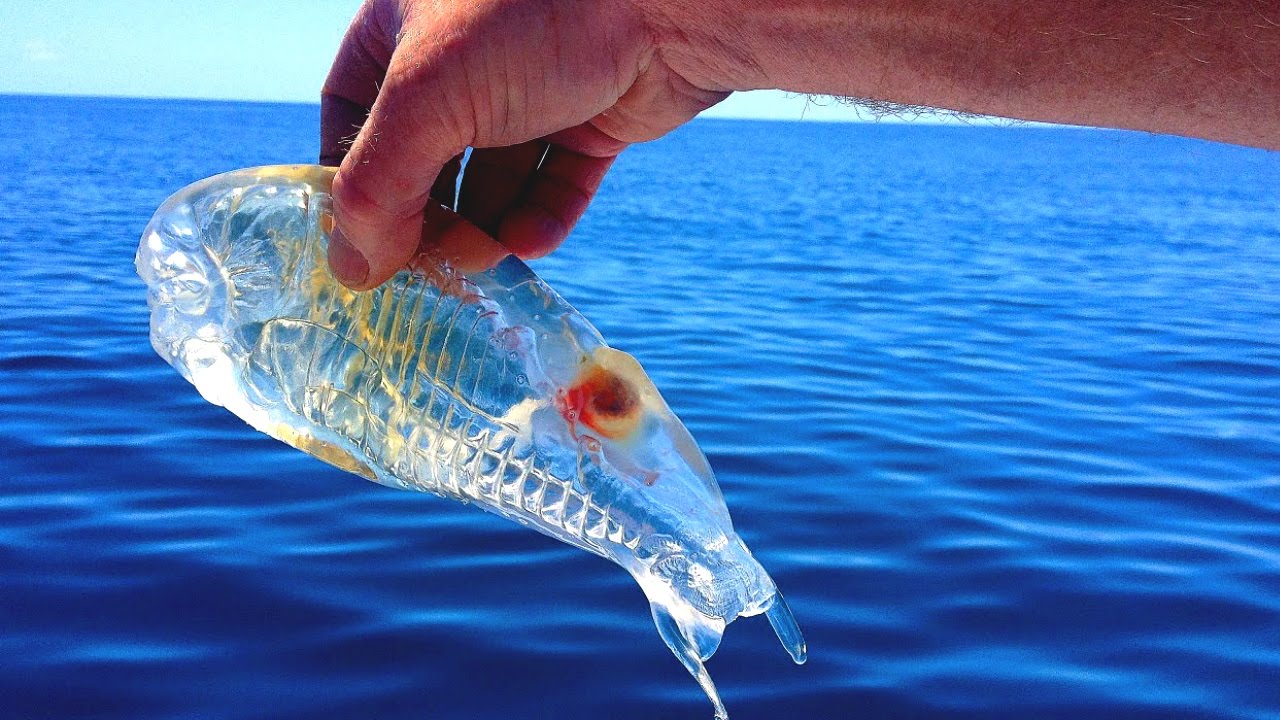#1 Owl
This is one of the most incredible camouflaged animals in the world. The Eastern Screech Owl is able to use its power of camouflage to avoid their predators and then ambush their prey. This rare species can hide in holes in trees because its feathers are camouflaged to match the bark. This owl’s camouflaging techniques have evolved over time. Not only do they do this to protect themselves from predators, they also protect their young. While the adult own is blending in with the tree, they guard their little, tiny owlets who stay behind them. It is the best
#2 Uroplatus Geckos
It is very rare to see one of these geckos in the wild, as they do such a good job of camouflaging themselves. They have a highly cryptic camouflage, which goes from grayish brown to greenish brown, to black. Also, the markings on them resemble the bark on trees, making it very easy for them to hide. The almost invisible lizards are found in Madagascar and its coastal islands. Unless the gecko is moving around or a very keen eye, you could be just a few feet away from one, and you would never even know.
#3 Willow Ptarmigan
This is a bird and is part of the pheasant family. This is the state bird of Alaska. During the summer, it is brown. This makes it easy to blend into the wooded areas where it lives. In the winter, it actually changes color. It will turn white and grow some black feathers. This allows the bird to camouflage itself when the show starts to fall and cover the Alaskan ground. The black feathers resemble the sticks and branches on the ground. This bird can also be found in Norther Europe, the tundra of Scandinavian, northern Canada, and Siberia.
#4 Toads
Toads are amphibians and they make it difficult to see them, as they are the same colors of their habitat. Toads are often found in the woods, near ponds, lakes, and streams, and around leaves. The toad blends into their environment perfectly. While the stories of toads using camouflage to protect themselves are true, the stories of toads causing warts is not true. They also don’t turn into a prince if you kill one of them.
#5 Common Barron Caterpillar
The Common Barron caterpillar is considered to be an expert in camouflaging. You will usually find these trees on mango and cashew nut trees. The reason they are rarely ever eaten by predators is due to their amazing camouflaging skills. When you first look at a leaf that the caterpillar is resting on, it is virtually unrecognizable. Unfortunately, when they change into their butterfly form, they completely lose their ability to camouflage.
#6 Seahorse
There is a specific species of seahorse, called the pygmy seashore, who is a master of camouflage. The seahorses are about the size of a fingernail, and they spend their adult life on soft colorful coral called seafans. The color and structure of the seahorse are so similar to that of the seafan, that these seahorses are virtually unnoticeable. The orange pygmy seahorse will live on the orange seafans, the purple seahorses live on the purple seafans. The seahorses don’t search to find the correct color of seafan to live on, their color actually adapts to the sea fan that they are living on.
#7 Spider Crab
While camouflage is natural in nature, the ability to camouflage to match the environment is rare. This type of spider crab can change its body color to match the flower that they are on, the grass that they are crawling through, or the dirt that they are trudging through. Although they are able to change their color to match any environment, the spider crab spends most of its time on flowers. Many scientists agree that this is one of the most interesting creatures to study.
#8 Adelpha Serpa Selerio Caterpillar
This is the second caterpillar on the list and it really deserves its spot, simply because it is amazing. Before this caterpillar turns into a beautiful butterfly of orange, black and white, it starts out as a caterpillar that is able to blend into the mossy tree trunks where it lives. It is most often found in Costa Rica and is found deep in the rain forest. The reason that this caterpillar is able to mature into a beautiful butterfly is that is able to camouflage itself and then hide from predators. It is almost sad when it turns into a noticeable butterfly because it was just so amazing when it blended into the mossy tree trunks.
#9 The Stick Insect
The technical name for the stick insect is the Phasmatodea. It is called the stick insect because it looks exactly like a stick. This natural camouflage makes it impossible for predators to detect them. In case one does however, there are certain species of stick insects that have a second line of defense and they can use their sharp spines or toxic secretions at their predators. These insects are found all over the world, except for the Antarctic and Patagonia. They are most abundant in the subtropics and the tropics. These insects are incredibly interesting to study if you are observant to actually realize that a stick is not just a stick, it is a stick insect.
#10 Frog
The gray treefrog is often found in the eastern United States and in southeastern Canada. This frog is amazing, as it can blend into the trees so that it is virtually unnoticeable. It does this to protect itself from its predators. It also hides from its prey. They can make themselves either gray or green, depending on where they are sitting. If necessary, they can also make themselves gray or white. It takes them longer to change their color than other creatures, such as chameleons.
#11 Leaf-Tailed Gecko
The leaf-tailed gecko is also known by its scientific name, the uroplatus phantasicus. It is most commonly found in Madagascar, and it has an amazing ability to blend in with the brown leaves that it lives on. It has spines in its body and trunk and it has notches in its tail that look just like a decaying leaf. It is the eyelash like projection in each eye that helps it adapt to its surroundings during the daylight hours. It is a nocturnal reptile, therefore, it really needs its abilities during the day, while it is sleeping and cannot be alert and aware when predators approach.
#12 The Stone Flounder
The stone flounder is a flatfish that lives on the sandy or muddy bottoms under the water along the coast. It can live in depths of up to 490 feet. It is mainly found in warm waters, such as the waters of Korea, northern China, and the northwest Pacific. What makes this fish so special is that it can it can camouflage itself to adapt to its surroundings. Not only is it able to hide from its predators, it can also hide from its prey, making it easier to catch its food from the ocean floor.
#13 Snow Leopard
Trying to find a snow leopard in a photo such as this one is like trying to find a hidden object in a children’s magazine. They are large cats, and they are native to the mountain ranges of South and Central Asia. The leopard’s fur is thick and is white, gray, and brown with black spots. Its coat makes it able to hide from prey. As of 2003, the snow leopard has been considered an endangered species. This is surprising as they are very hard to see in their environment.
#14 Giraffe
The giraffe is a beautiful creature with amazing physical characteristics. It grows to be between 16 and 20 feet tall and is predominantly found in Africa. What makes the giraffe so amazing is that its colors and markings help it to blend in the orange colored brush that is very common in the dry areas of Africa. It blends in so well with the African background that the spots can confuse its predators. One would think that because of its great height that the giraffe would have trouble hiding. When it stands by a tree, it is difficult to tell where the tree ends and the giraffe begins.
#15 Salp
A fisherman in New Zealand hooked a sea creature that many people found bizarre, as it was something that is rarely seen. According to a scientist with New Zealand’s NIWA, the see-through creature is a salp. These fish are found around the world but are often found in chains that are over 30 feet long. The reason that these fish are not often noticed is because they are translucent. This helps them to hide from their predators. Being see through under the sea is by far the best form of camouflage there is.




